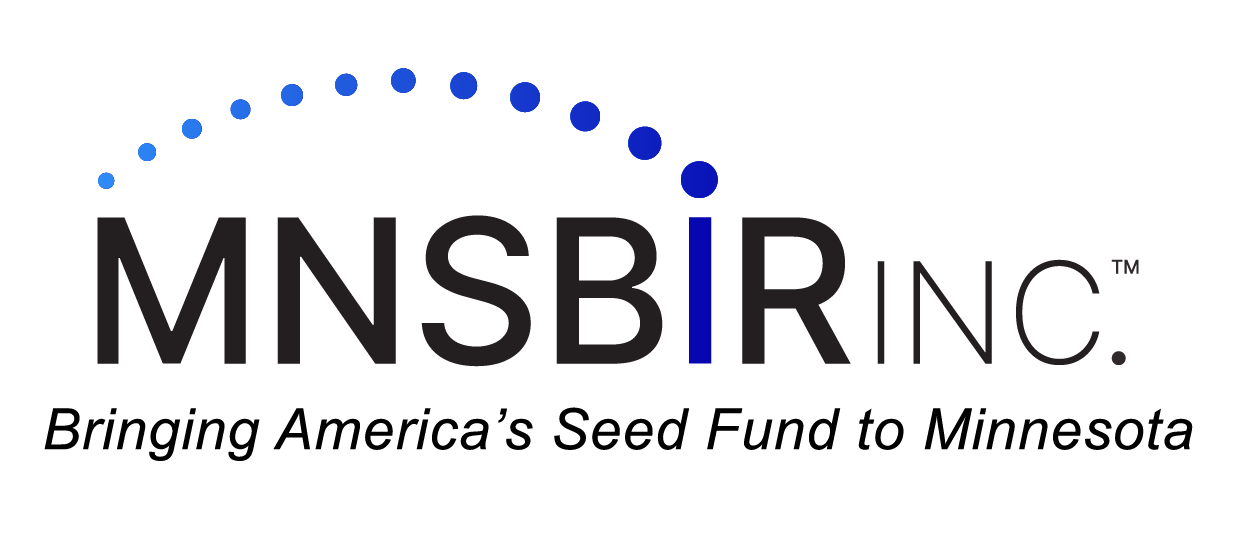The SBIR and STTR programs—which have fueled over $70 billion in small business–led R&D—expired on September 30, 2025. reauthorization or program extension is critical to maintain funding stability and support for innovation nationwide.
Section
SBIR/STTR Extension Not Included in the FY26 National Defense Authorization Act Conference Bill
On Sunday December 7, the House Armed Services Committee released the FY2026 National Defense Authorization Act (NDAA) Conference legislation. As expected, an SBIR/STTR extension was not included in the bill’s language, resulting in the continued lapse of these important innovation programs.
The backup plan is to advocate for a standalone bill in January. Stay tuned!
Source: Small Business Technology Coalition, 12-8-2025 email communication.
December 2, 2025
Congressional authority for the Small Business Innovation Research (SBIR) and Small Business Technology Transfer (STTR) programs expired on October 1, 2025.
Congress must take action to reauthorize the Programs before federal agencies regain the authority—and the appropriations—to issue new solicitations or make awards.
At this time, there are ongoing efforts to include reauthorization language in the FY26 National Defense Authorization Act; however, it remains uncertain whether this language will be adopted in the final bill.
October 1, 2025
SBIR / STTR Authorization Lapses Today
Today, the statutory authority for the SBIR and STTR programs expired after the Senate was unable to pass a short-term extension. The House had earlier approved a one-year “clean” extension, but efforts to bring that measure forward in the Senate were blocked. As a result, new solicitations and awards under SBIR/STTR are expected to be suspended, though existing contracts should continue to be honored (pending agency policy).Historical Precedents & Disruption Risks
Past lapses in SBIR/STTR or similar research-funding authorizations—though relatively uncommon—have created tangible challenges. In 2022, for example, Congress passed a reauthorization on the day of expiration to avoid disruption (crowell.com). During prior pauses, agencies delayed issuing Phase I and Phase II awards, slowed transitions to Phase III, and introduced uncertainty for small firms developing R&D strategies (federalnewsnetwork.com). These disruptions have historically compressed review cycles, created cash flow gaps, and hindered commercialization timelines.Implications for Minnesota Innovators
For Minnesota-based small businesses engaged in federally supported R&D, today’s lapse means that proposals in progress may face delays and critical funding junctures could be put on hold. Organizations in mid-stage development should closely monitor agency guidance for award processes during this period. MNSBIR will continue tracking congressional action and provide updates to our community as soon as reauthorization is restored or interim rules are issued. We also encourage innovators to engage with their federal representatives to underscore the importance of program continuity.September 15, 2025 Update
U.S. House Committee on Small Business Advances Bill for SBIR/STTR Extension
On September 9, 2025, the U.S. House Committee on Small Business unanimously advanced H.R. 5100, a bill to extend the Small Business Innovation Research (SBIR) and Small Business Technology Transfer (STTR) programs for one year. The legislation now moves to the House floor for consideration. It is anticipated to come up for a vote the week of September 15, 2025.
With the SBIR/STTR programs set to expire on September 30, 2025, the bipartisan committee passed H.R. 5100 as a stop gap to keep the programs alive for one more year.
“With the programs expiring soon, it was critical we act swiftly to ensure our nation’s greatest innovators continue to receive the resources they need to keep America competitive,” said Committee Chair Roger Williams (R-TX).”
Learn more about H.R. 5100: https://www.congress.gov/bill/119th-congress/house-bill/5100
Why H.R. 5100 Matters for Minnesota Innovators
Minnesota small businesses rely on the SBIR/STTR programs to secure critical early-stage funding that enable them to conduct high-risk, high-reward research. These projects not only accelerate commercialization but also strengthen Minnesota’s innovation ecosystem, create jobs, and bring impactful technologies to market.
A lapse in SBIR/STTR authorization could disrupt ongoing research, innovation and development while also reducing opportunities for emerging companies. The passage of H.R. 5100 would provide certainty and continuity until September 30, 2026, while discussions about future reforms continue.
We encourage Minnesota’s innovation community, entrepreneurs, and supporters of small business R&D to:
- Contact your members of Congress and express your support for H.R. 5100.
- Share success stories of how SBIR/STTR funding has helped your company or community.
- Stay engaged as Congress considers long-term improvements to the programs.
- Together, we can ensure that Minnesota innovators—and small businesses across the nation—continue to access the federal resources they need to thrive.
Have thoughts on the reauthorization effort or your own SBIR/STTR story to share?
Reach out to us at info@minnesotasbir.org.July 23, 2025 Update
SBIR/STTR Reauthorization: What’s at Stake and What Comes Next
Two Bills Are in Play
Congress is considering two distinct legislative paths:
Senate & House SBIR/STTR Reauthorization Act of 2025
Introduced in the Senate as S.1573 and in the House as H.R.3169 on May 1, 2025
Key Reforms:
- Permanent authorization of both SBIR and STTR programs. Gradual increase in funding allocations—7% for SBIR and 1% for STTR over seven years (up from 3.2% and 0.45%)
- New roles like “Technology Commercialization Official” to bolster agency support.
- Continued foreign-due diligence until 2030.
- Expanded assistance programs—including FAST and internships—especially for underrepresented and emerging communities
INNOVATE Act (Sen. Ernst)
Introduced by Sen. Joni Ernst in March 2025 and Rep. Roger Williams in July 2025, aims for a shorter reauthorization (through 2028)
Proposes adjustments:
- Increase SBIR allocation to 3.45%, reduce STTR to 0.20%.
- Introduce Phase IA awards ($40K) for new applicants.
- Establish Phase III defense-specific awards (up to $30 million).
- Place submission limits, introduce performance metrics, and refocus STTR partnership scope.
- More focus on increasing rural and first-time applicants.
Where Things Stand
- Both bills have been referred to the Small Business Committees in their respective chambers.
- Committees need to pass a final, consolidated version by the September 30 deadline.
- Meanwhile, due to a federal Continuing Resolution, agency budgets remain level, ensuring no disruption in SBIR/STTR funding in the short term.
Why This Matters
- A permanent authorization brings long-term predictability, encouraging broader participation and enabling agencies to better plan.
- Proposed funding increases allow agencies to support more projects and expand impact.
- New program elements (e.g., commercialization leadership, Phase IA/III awards) help strengthen commercial pathways and reduce market barriers.
- The debate between the bills reflects deeper policy priorities: bipartisan support for stability (Sen/Mrk/H.R.3169) vs. targeted reform and modernization (INNOVATE Act).
What’s Next
- Congressional committees are expected to negotiate a final text before September.
- Small businesses should monitor both bills and plan accordingly—particularly anticipating new program opportunities (e.g., Phase IA).
- Now is the time for public input: advocacy letters, stakeholder feedback, and contacting representatives can influence final reauthorization.
Bottom line: Both bills ensure the continuity of SBIR/STTR programs but diverge on structure and strategy. Congress is on a tight timeline to pass legislation before current authority lapses.
We will continue to update you on the status of the reauthorization throughout the coming months.
Anticipated Timeline to Reauthorization
Date Milestone Now – August Recess Early September Public comment, advocacy, and committee review
Committees finalize reconciled languageMid September Floor votes anticipated in both chambers By Sept. 30, 2025 Final vote and presidential signature to avoid lapse Learn More


